Ending An Apprenticeship Marks a New Life In Artisanry
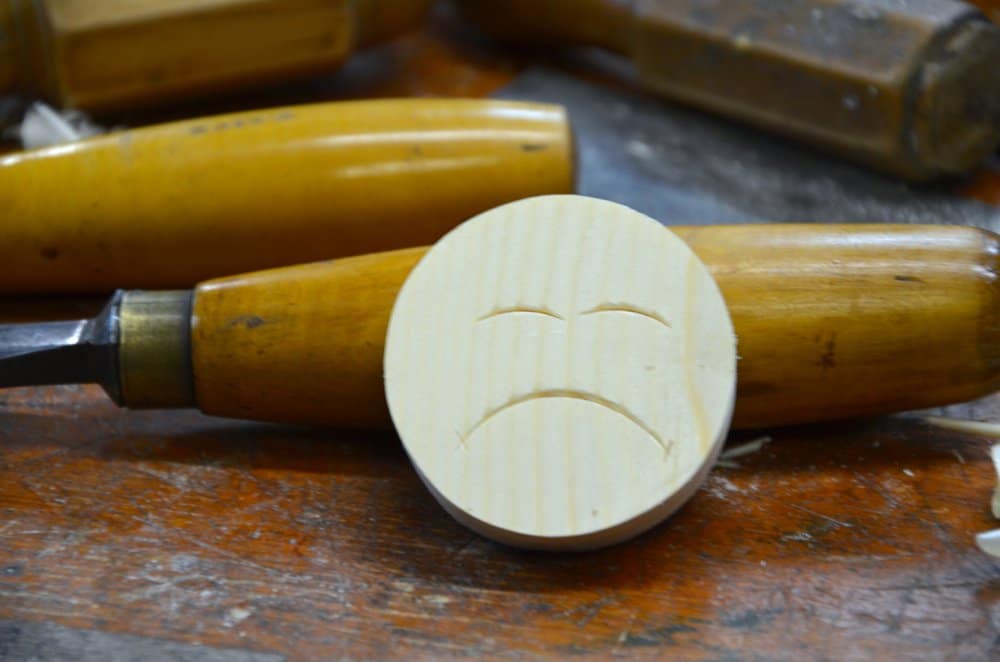
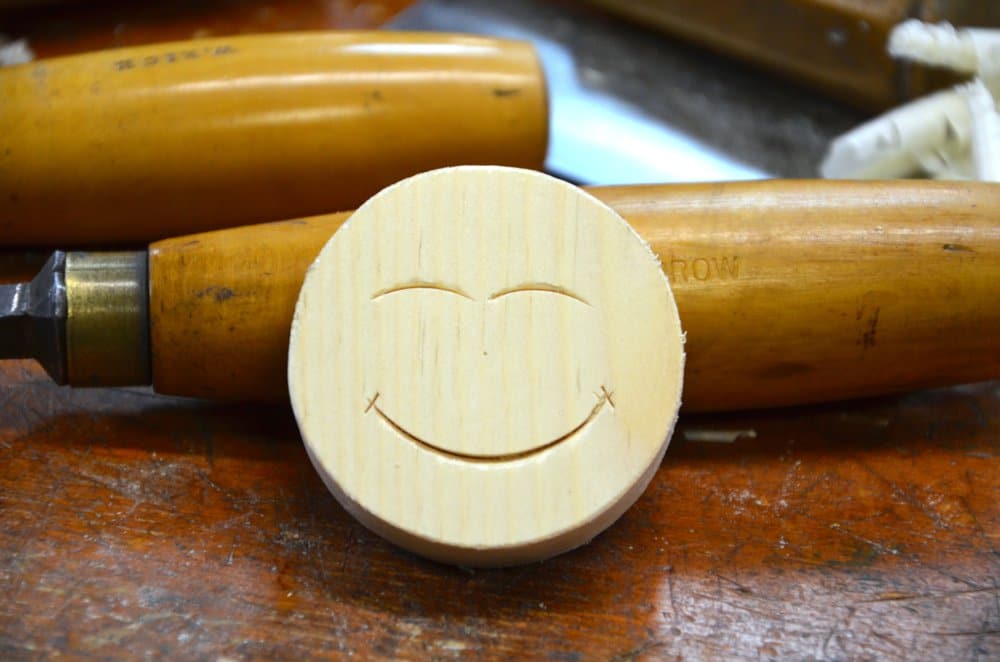
…you start to see it’s only just beginning.
In some ways I have been in this place before. Training an apprentice can be hard. You take in a young man and work with him. He learns and becomes smart. You work with him some more and he becomes smarter than you and before you know it he’s learned to fly his own plane. In just a few days I have been forewarning you that my apprentice and friend John Winter returns to Patagonia. He is no longer an apprentice but more a journeyman setting out fully equipped and able to travel forward into his new life as a craftsman.
My dovetails fit perfectly with no flawed lines or alignments. I expect that and they always do. Having made about many dozens of thousands they should be. I use no guides and they need no chiseling after the saw cuts to make them fit. Of course pine compresses differently to walnut and cherry and especially other hard, dense-grained woods like rosewood or cocobolo, so these are perhaps the easiest of all. Herein lies one subtle difference between machine cut joints and hand tools and it’s one most people including 99% of woodworkers who use machines for their joinery miss. Using hand tools allows me to micro-adjust the tolerances between the components so that I take full advantage of the natural properties of the different species and indeed the different densities of wood within the wood type itself too. The wood adjacent to knots is denser than the regular straight grain of knot-free wood. I again adjust for this in my joinery too, especially around dovetails and such.
Filming the current series of the toolbox build obviously entails thinking ahead and having made so many such boxes through the years, compared to others, this box is an excellent starter project for new woodworkers. That is as long as you know a couple of tricks of the trade to settle the joints and seat them solidly in the glue up. Here is the issue; working with pine is much different than many if not all the hardwoods. Generally, hardwoods have growth rings in the same way softwoods do. 

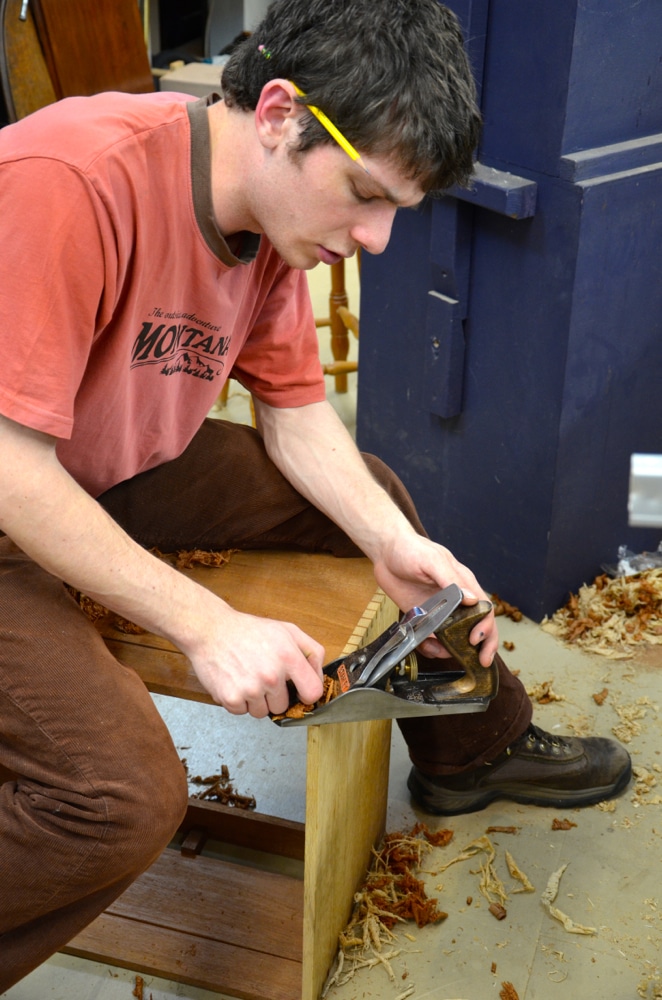
As John Winter has been making his joints, I too have been making mine in the last toolbox we make in the actual filming of the project. He planes his joints and I plane mine. He kneels on the floor and straddles his box, or climbs atop the bench (health and safety freakout) whilst I work out my strategy on the benchtop and in the vise. His outside is more complex to plane whereas mine is much simpler. 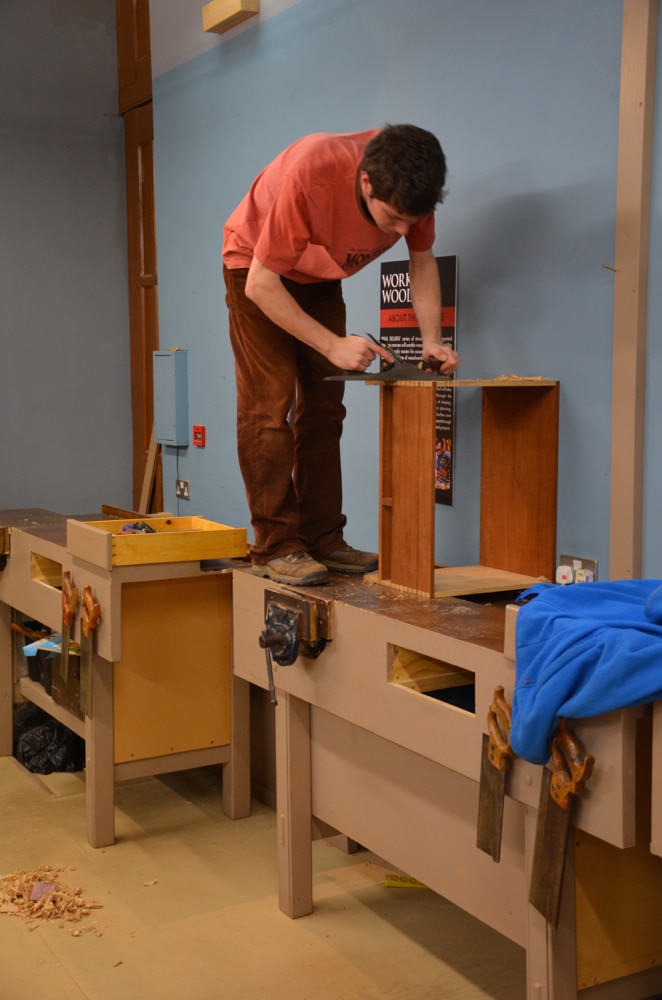


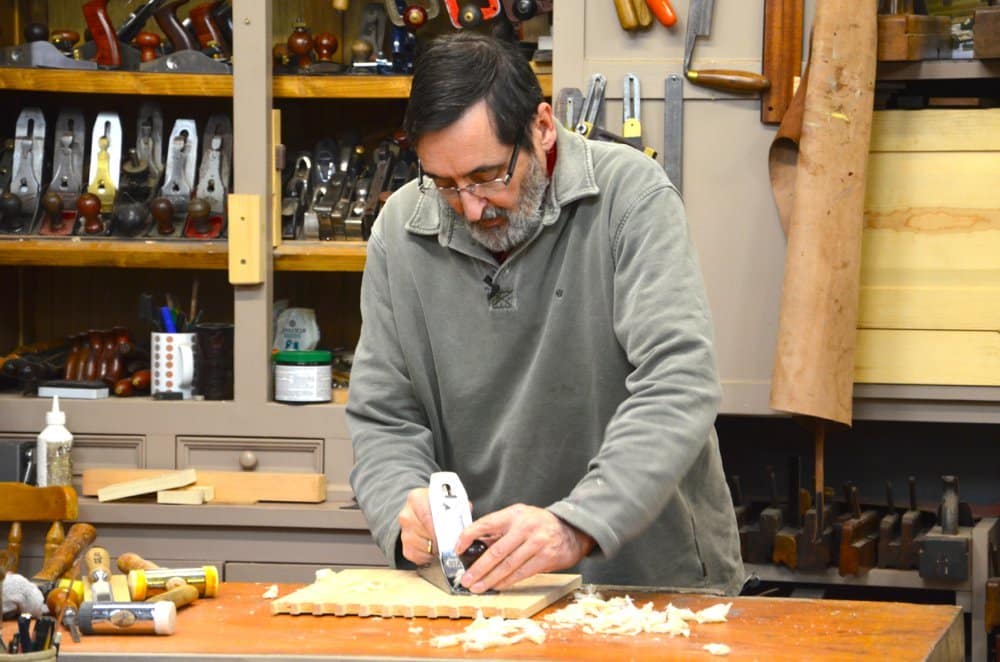
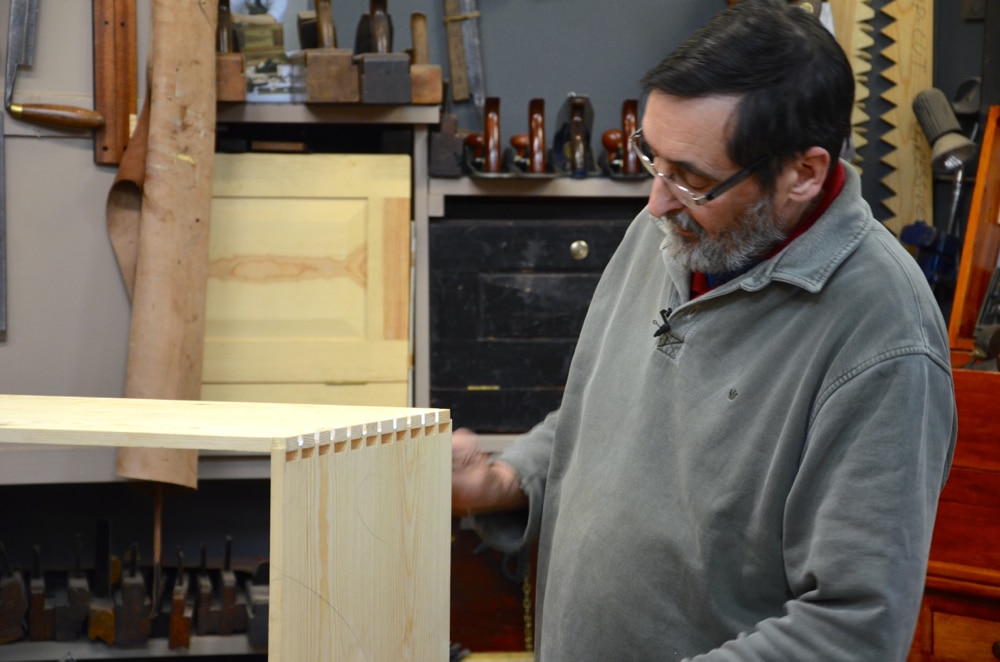

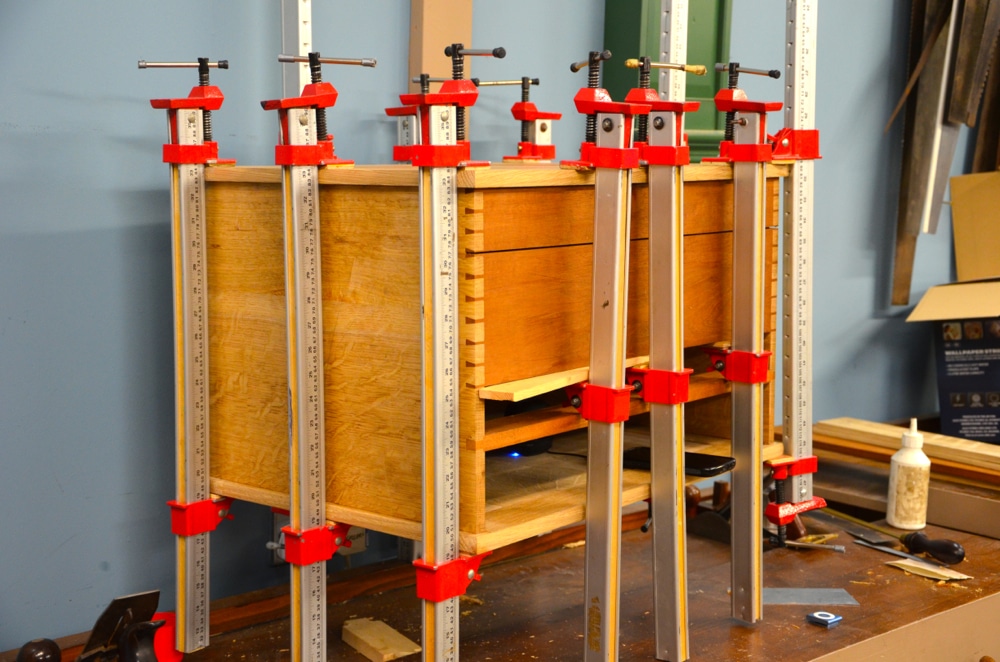
Looking forward to the tool box series. I’m building a blanket chest now, which I imagine is rather similar. But the wife will want a second one when I’m done with this, so hoping what I learn in the new series will make that one even better.
How bitter sweet it must be at the same time how wonderful to know someone has received so much and will go forward to share what they have learned. A new generation is born one person at a time. Legacies are passed down one at a time, person to person, family to family: The cycle is repeated and so we live on beyond our years. Congratulations to both you Paul and to John as now in some way you both move forward having shared a part of each other’s lives, legacy, and future. Jim
It was a pleasure to meet John Winter during a recent course at Penrhyn Castle, and watch him working on his dovetails. I hope he will blog so that we can keep in touch with his progress in Patagonia.
It appears John ripped the front and back of the tool chest before assembly so that he needs only to cut the sides to free the top after assembly. That is a good idea that should make removing the top much easier.
Yes, easier to align in one plane first and that aligns the tenon saw as you rip along in the previouslyly cut kerfs.
Paul I to am looking forward to the new “tool box” series which looks to be a fun project. I think I have mentioned before but pine or what ever Home Depot sells is what I use 99% of the time as I don’t have a real good outlet near me for hardwood that isn’t over priced. So having said that and the fact I have been following you for the last couple of years I have started to like it more and more.
I am very happy for John and wish him well on his new endeavor and like some one mentioned hope he is able to stay in touch and lets us know how he is doing and show some of his accomplishments.
Steve
John was very helpful and tolerant with me (as were you and Phil) when I came on the 9-day foundation course in October. Please pass on our very best wishes to John for his woodworking future in Patagonia. I do hope he will have his own blog so we can see how he is progressing. It was good to meet him. John, Valerie & Jean.
They say that a good teacher learns more from the student than the student from the teacher. But They also say that good student will always surpass his teacher.
Who They are I don’t know. 🙂
I always hate it when old people retire. I’m glad that they can get deserved rest after long working life but there is so much loss of knowledge, traditions and skills. I have to say, Paul, that you have done huge amount of work to document those and I look forward to learn something new when the toolbox videos become available.